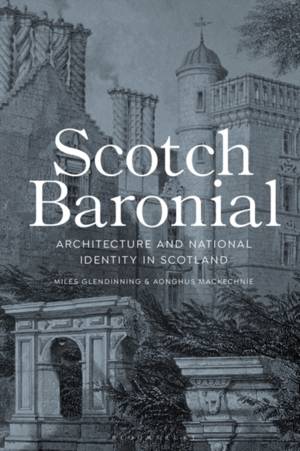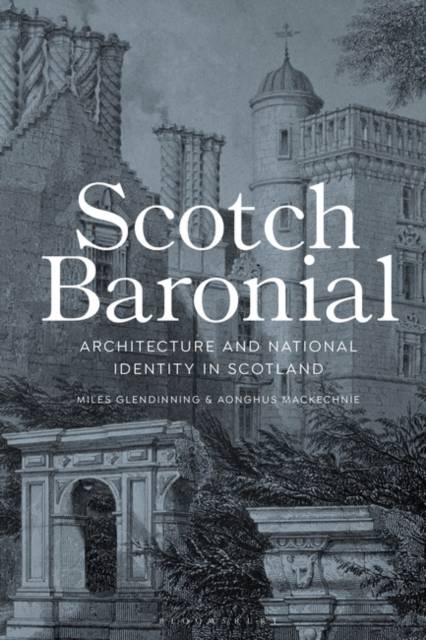
- Afhalen na 1 uur in een winkel met voorraad
- Gratis thuislevering in België vanaf € 30
- Ruim aanbod met 7 miljoen producten
- Afhalen na 1 uur in een winkel met voorraad
- Gratis thuislevering in België vanaf € 30
- Ruim aanbod met 7 miljoen producten
Zoeken
Scotch Baronial
Architecture and National Identity in Scotland
Miles Glendinning, Aonghus Mackechnie
Hardcover | Engels
€ 186,95
+ 373 punten
Omschrijving
As the debate about Scottish independence rages on, this book takes a timely look at how Scotland's politics have been expressed in its buildings, exploring how the architecture of Scotland - in particular the constantly-changing ideal of the 'castle' - has been of great consequence to the ongoing narrative of Scottish national identity.
Scotch Baronial provides a politically-framed examination of Scotland's kaleidoscopic 'castle architecture', tracing how it was used to serve successive political agendas both prior to and during the three 'unionist centuries' from the early 17th century to the 20th century. The book encompasses many of the country's most important historic buildings - from the palaces left behind by the 'lost' monarchy, to revivalist castles and the proud town halls of the Victorian age - examining their architectural styles and tracing their wildly fluctuating political and national connotations. It ends by bringing the story into the 21st century, exploring how contemporary 'neo-modernist' architecture in today's Scotland, as exemplified in the Holyrood parliament, relates to concepts of national identity in architecture over the previous centuries.
Scotch Baronial provides a politically-framed examination of Scotland's kaleidoscopic 'castle architecture', tracing how it was used to serve successive political agendas both prior to and during the three 'unionist centuries' from the early 17th century to the 20th century. The book encompasses many of the country's most important historic buildings - from the palaces left behind by the 'lost' monarchy, to revivalist castles and the proud town halls of the Victorian age - examining their architectural styles and tracing their wildly fluctuating political and national connotations. It ends by bringing the story into the 21st century, exploring how contemporary 'neo-modernist' architecture in today's Scotland, as exemplified in the Holyrood parliament, relates to concepts of national identity in architecture over the previous centuries.
Specificaties
Betrokkenen
- Auteur(s):
- Uitgeverij:
Inhoud
- Aantal bladzijden:
- 312
- Taal:
- Engels
Eigenschappen
- Productcode (EAN):
- 9781474283472
- Verschijningsdatum:
- 10/01/2019
- Uitvoering:
- Hardcover
- Formaat:
- Genaaid
- Afmetingen:
- 160 mm x 236 mm
- Gewicht:
- 657 g

Alleen bij Standaard Boekhandel
+ 373 punten op je klantenkaart van Standaard Boekhandel
Beoordelingen
We publiceren alleen reviews die voldoen aan de voorwaarden voor reviews. Bekijk onze voorwaarden voor reviews.








